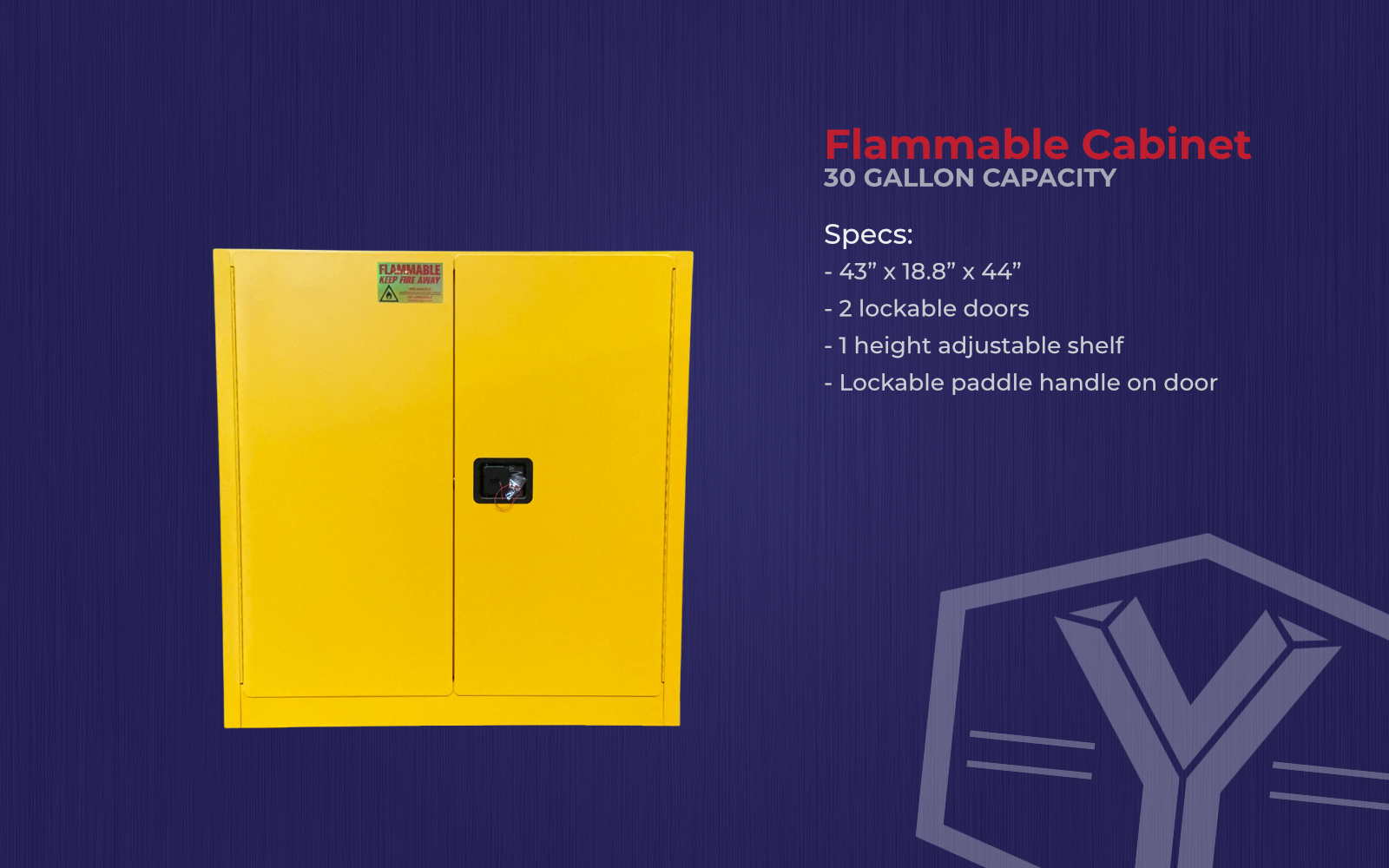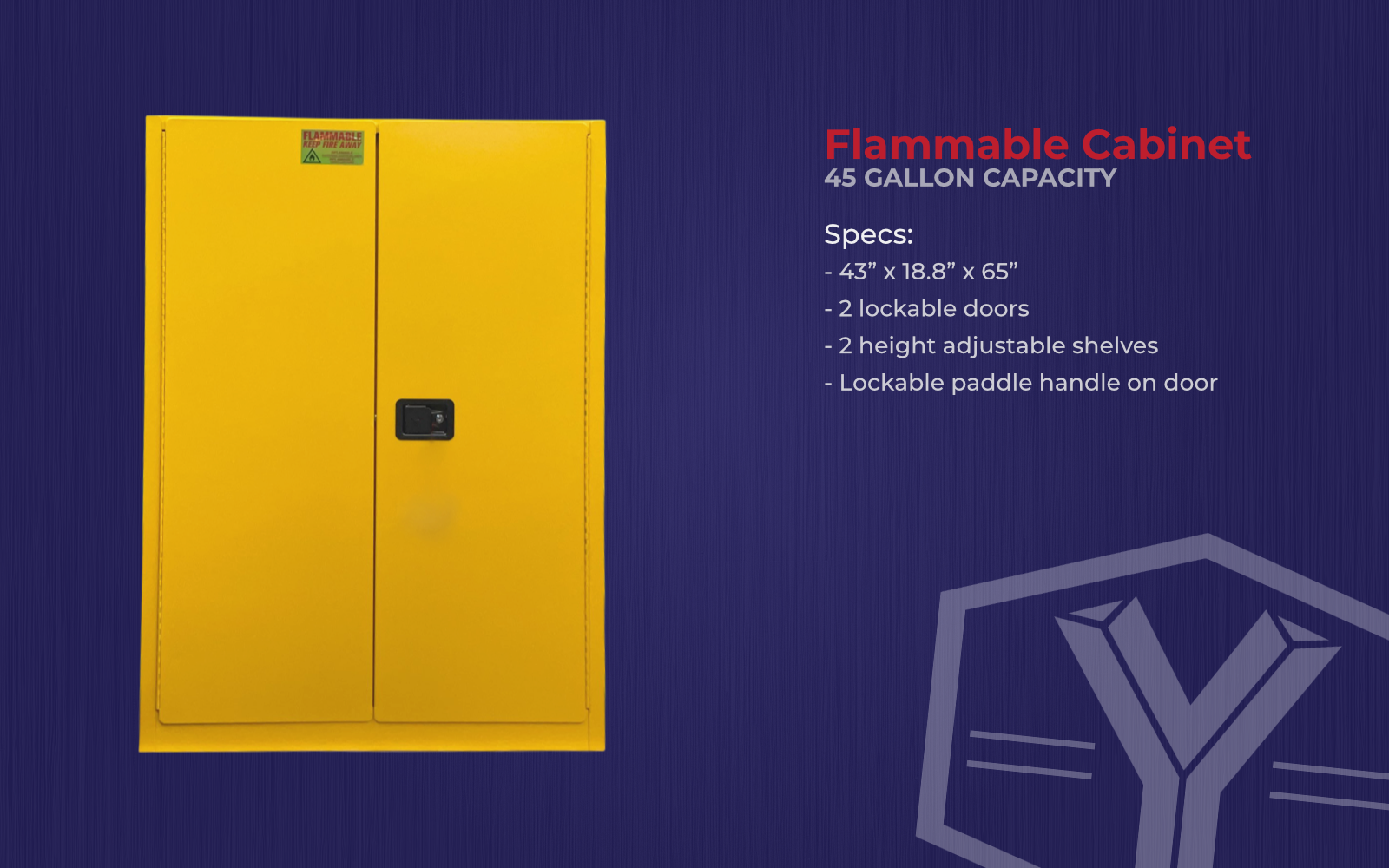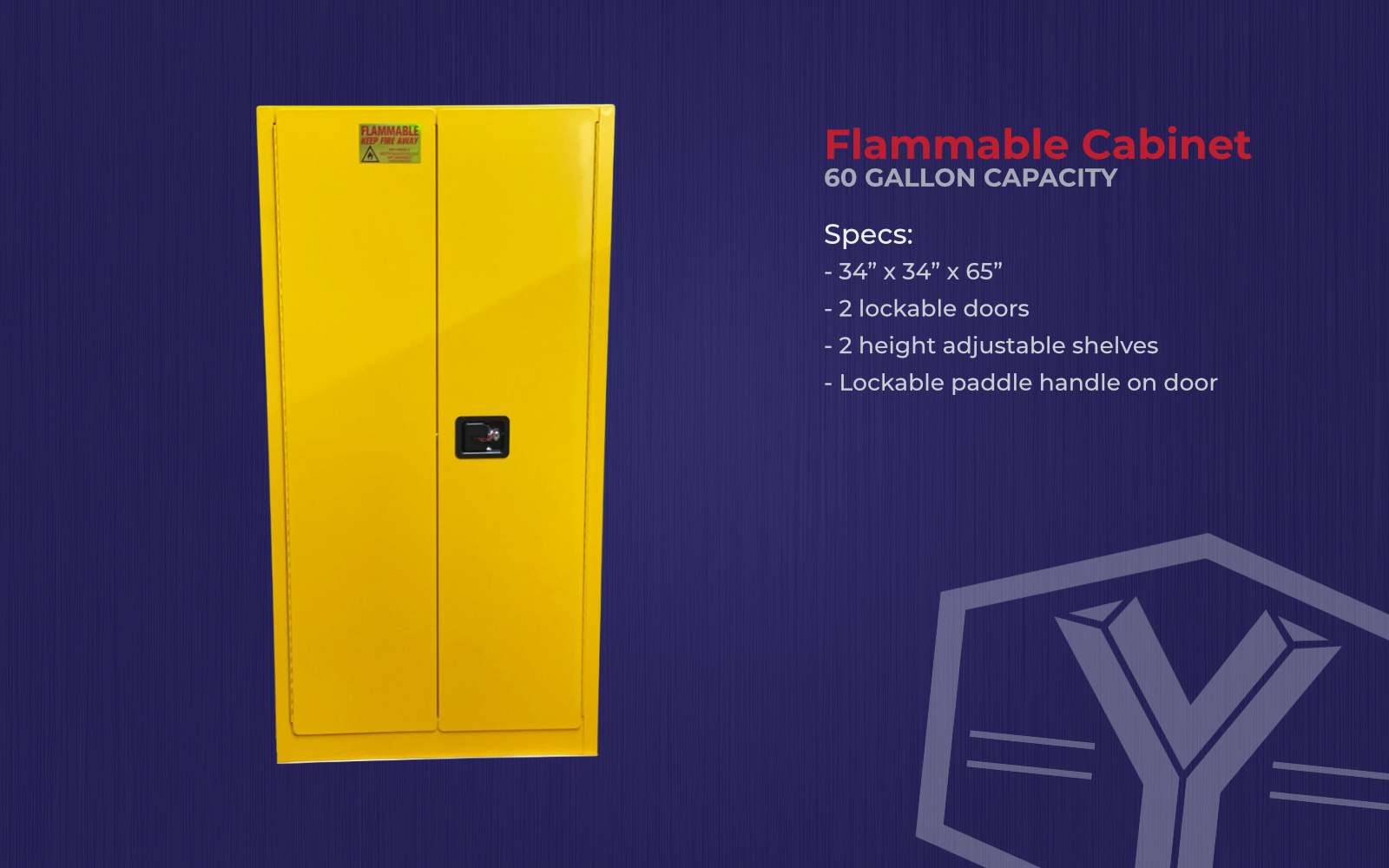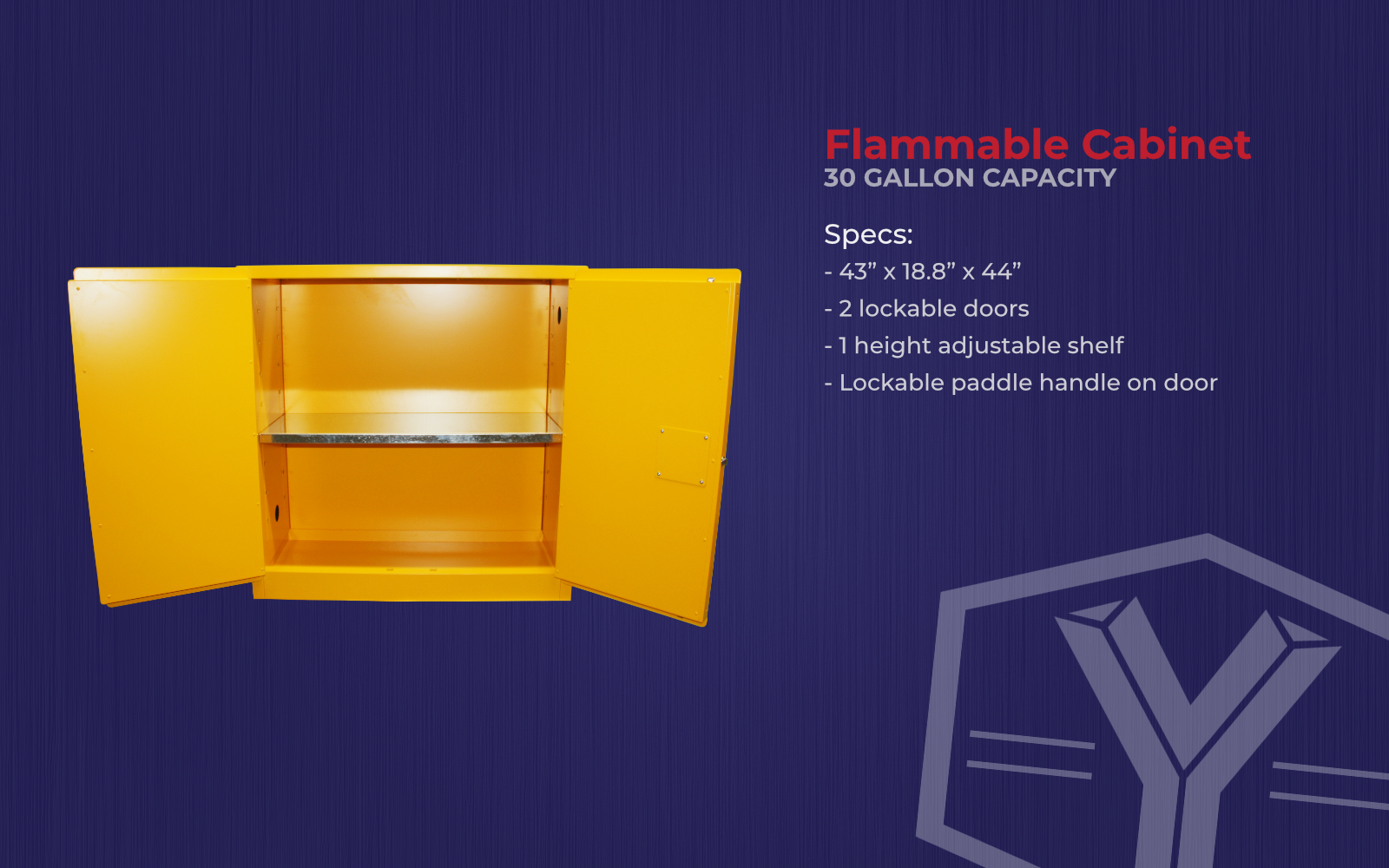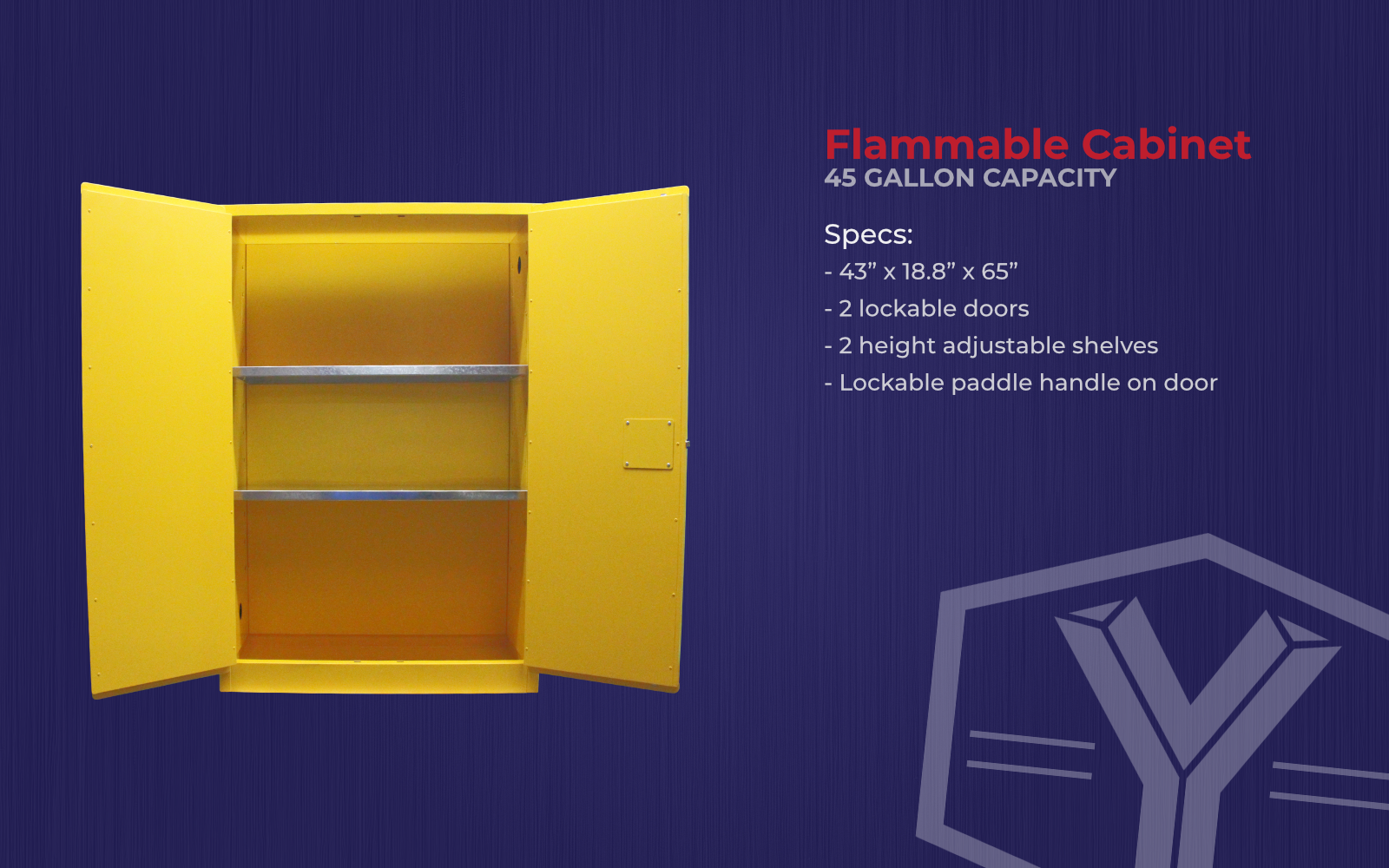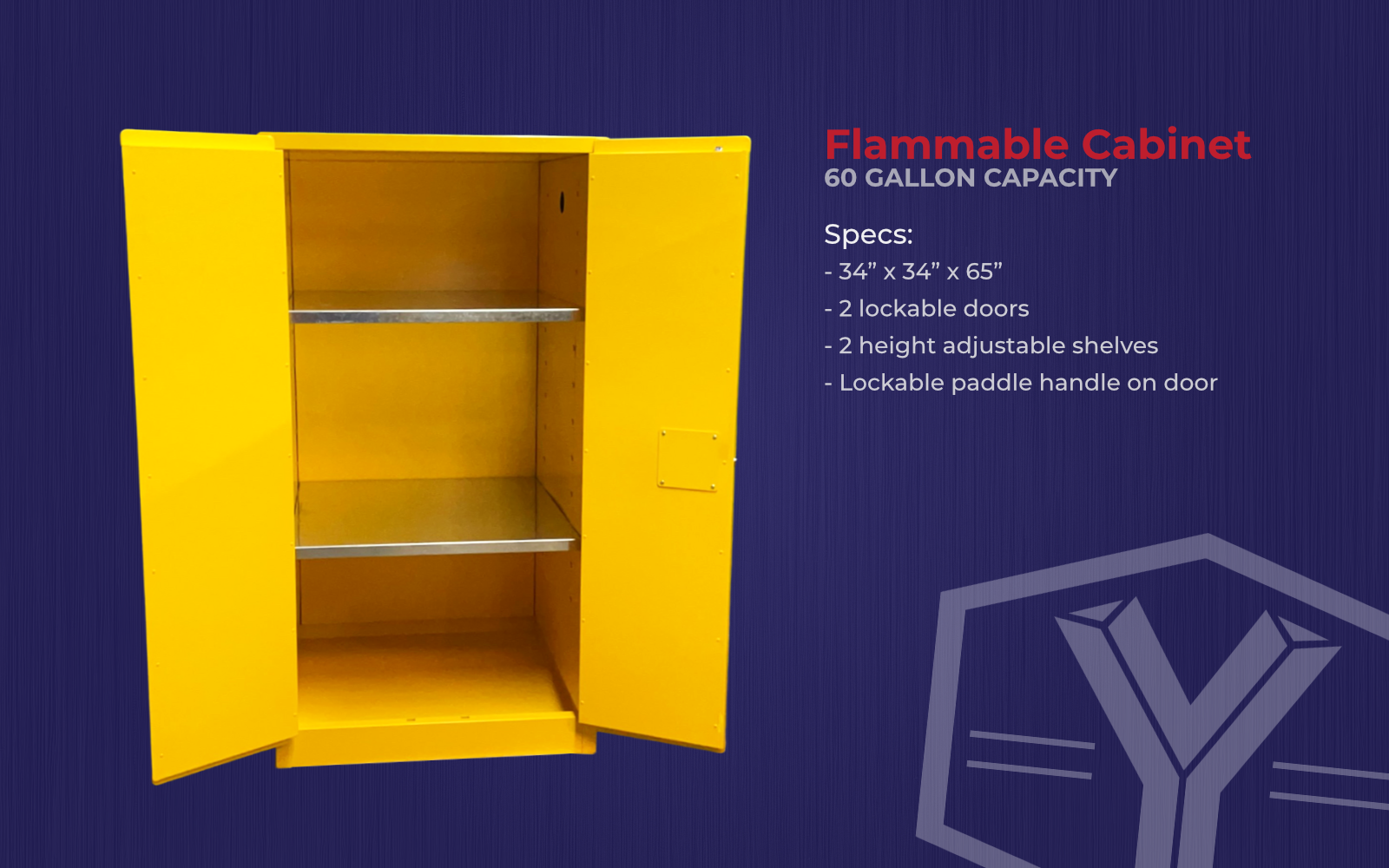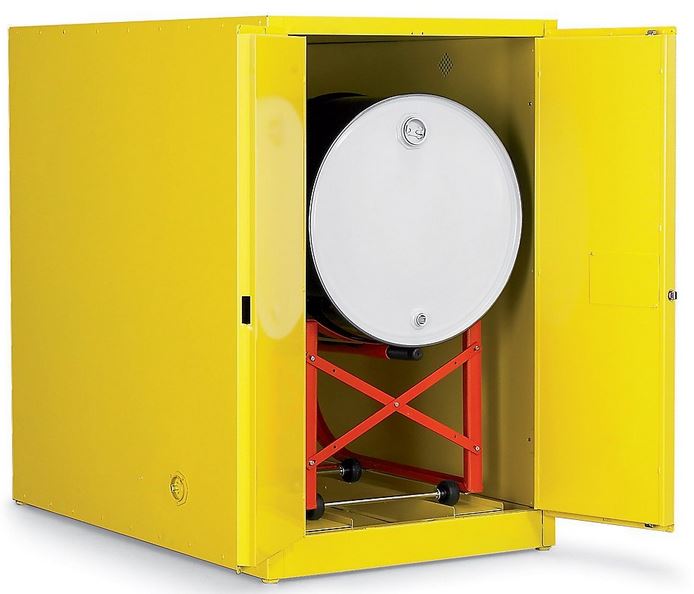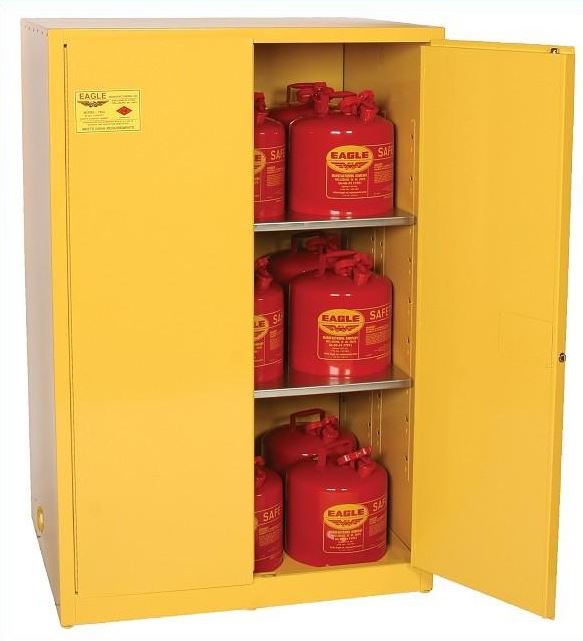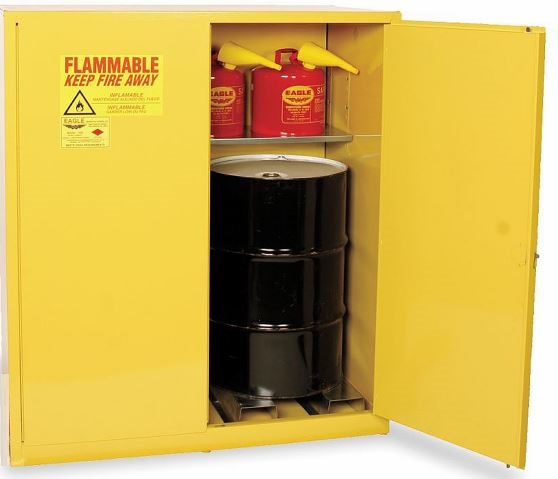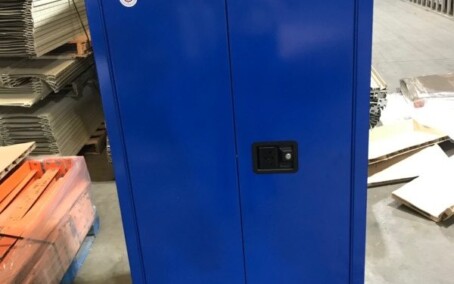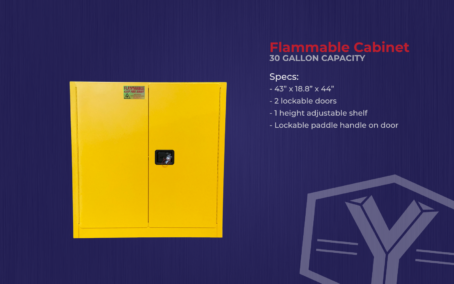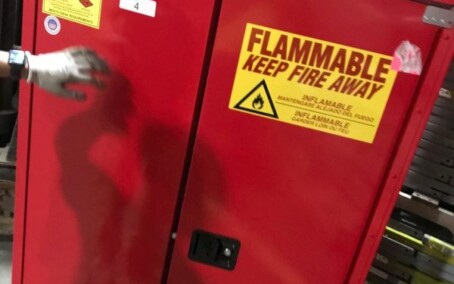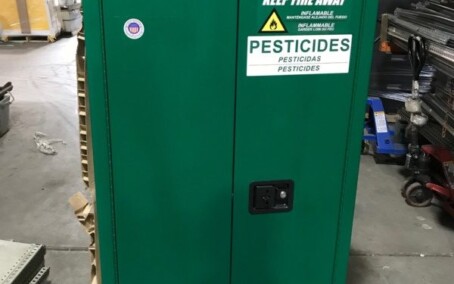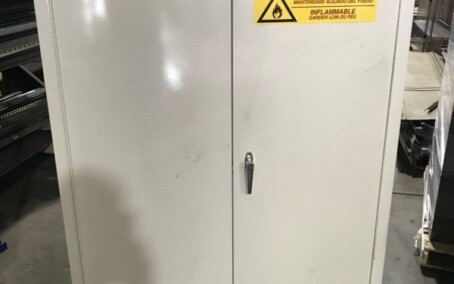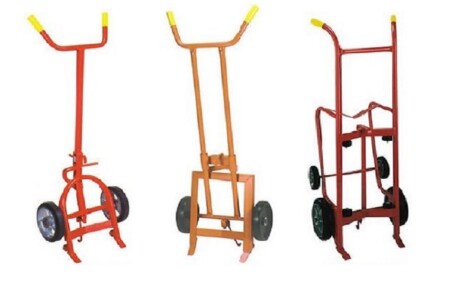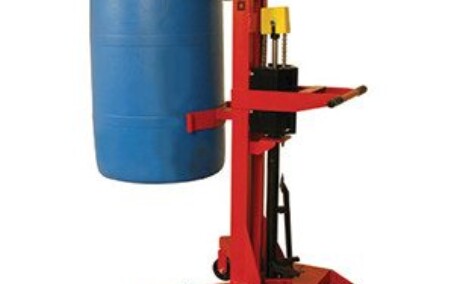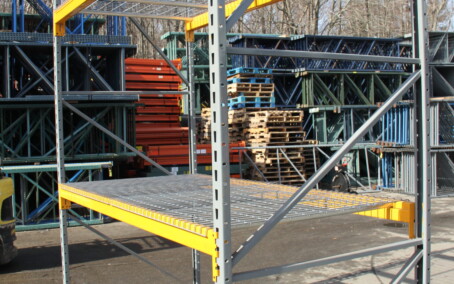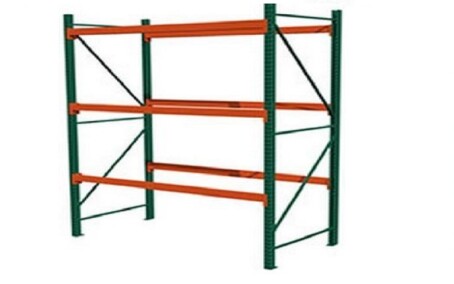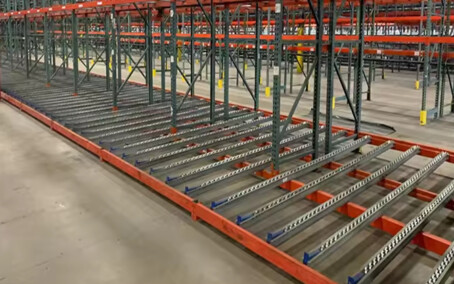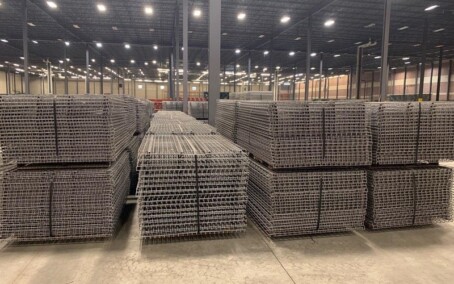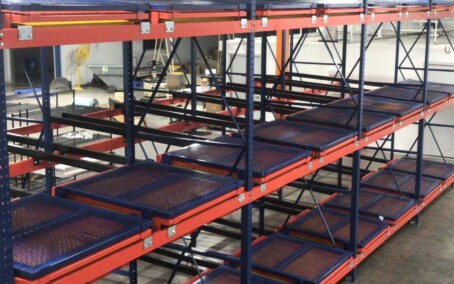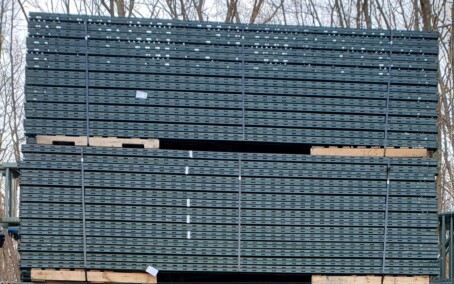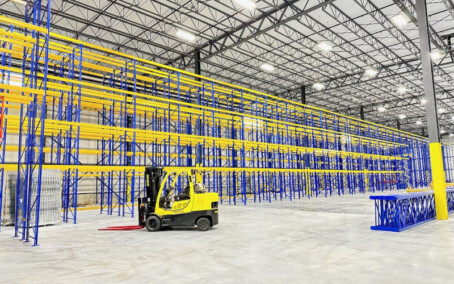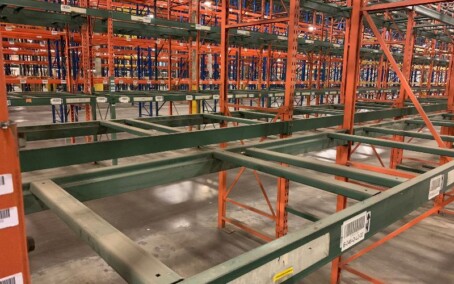In any workplace, safety is paramount. When it comes to dealing with flammable materials and liquids, ensuring the safety of your employees, property, and the environment is not only important but legally required. Flammable cabinets, often called safety cabinets or hazardous material storage cabinets, are an essential tool for safe storage and handling of flammable substances.
To start our journey, let’s lay the foundation by understanding what flammable cabinet are and why they are crucial.
What Are Flammable Cabinets?
- Safety First: Flammable cabinet are specially designed storage units engineered to safely house flammable liquids and materials.
- Containment and Protection: They provide a controlled environment that can contain potential spills, leaks, and protect the contents from external fires.
The Significance of Flammable Cabinets
- Legal Compliance: Many regulatory agencies, such as OSHA (Occupational Safety and Health Administration) and NFPA (National Fire Protection Association), mandate the use of flammable cabinet for storage of certain hazardous materials.
- Safety Assurance: Flammable cabinet are the frontline defense against accidents and fires caused by flammable substances, ensuring the well-being of employees and safeguarding the workplace.
Flammable cabinets come in various types, each catering to specific storage needs and regulations.
Standard Flammable Cabinets
- General Storage: These cabinets are designed for the safe storage of flammable liquids, such as solvents, paints, and chemicals.
- Venting Options: Some standard cabinets offer manual or automatic venting to release built-up vapors safely.
Undercounter Flammable Cabinets
- Space-Efficient: Undercounter cabinets are compact and designed to fit beneath countertops, saving valuable floor space.
- Small Quantities: They are ideal for storing small quantities of flammable substances commonly used in laboratories or workstations.
Tall Flammable Cabinets
- Vertical Storage: Tall cabinets provide maximum vertical storage space and are suitable for facilities with a large inventory of flammable materials.
- Organization: They often come with adjustable shelves to organize materials efficiently.
Corrosive Storage Cabinets
- Corrosive Material Handling: These cabinets are designed to store corrosive materials and are often made from materials resistant to corrosion.
- Separation: They may feature segregated compartments to prevent incompatible chemicals from coming into contact.
Compliance with safety regulations is crucial when dealing with flammable materials. Flammable cabinets play a vital role in meeting these regulatory requirements.
OSHA Regulations
- 29 CFR 1910.106: OSHA regulations specify the requirements for flammable liquid storage. Cabinets must meet OSHA standards to ensure the safety of employees.
- Venting Restrictions: OSHA generally prohibits the venting of flammable cabinets into a workspace to prevent the release of hazardous vapors.
NFPA Standards
- NFPA 30: The NFPA sets standards for the safe storage, handling, and use of flammable and combustible liquids. Flammable cabinets must comply with these standards to ensure safety.
- Classification of Liquids: NFPA categorizes flammable and combustible liquids based on flashpoints, dictating the appropriate storage and handling methods.
EPA Requirements
- Environmental Compliance: The Environmental Protection Agency (EPA) may have specific regulations regarding the containment and spill prevention of hazardous materials, including flammables.
- Spill Containment: Flammable cabinet often come with spill containment features to meet EPA requirements.
Flammable cabinet offer an array of benefits, making them indispensable for facilities dealing with flammable materials.
Safety Assurance
- Fire Protection: Flammable cabinet are fire-resistant, protecting the contents from external fires and preventing them from contributing to a blaze.
- Employee Safety: They ensure the safety of employees by reducing the risk of accidents and chemical exposure.
Organization and Efficiency
- Inventory Management: Flammable cabinets provide an organized storage solution, making it easier to locate and manage flammable materials.
- Space Optimization: They maximize space utilization, a crucial factor in facilities with limited storage space.
Compliance and Legal Protection
- Regulatory Compliance: The use of flammable cabinets helps facilities comply with OSHA, NFPA, and other regulatory standards, reducing the risk of penalties and legal issues.
- Liability Reduction: In the event of accidents or incidents, compliance with regulations can reduce liability.
Proper installation and regular maintenance are essential to ensure the effectiveness of flammable cabinets.
Professional Installation
- Compliance Assurance: Professional installation ensures that cabinets are placed correctly and meet regulatory requirements.
- Safety Expertise: Professionals understand the importance of venting restrictions and proper grounding.
Routine Maintenance
- Inspections: Regular inspections ensure that cabinets are in good condition, free from damage or wear.
- Spill Cleanup: Prompt cleanup of spills within the cabinet is crucial to prevent potential hazards.
Employee Training
- Safe Handling: Employees should be trained on the safe handling of flammable materials and the proper use of flammable cabinets.
- Emergency Procedures: They should also be aware of emergency procedures in case of spills or accidents.
Flammable cabinet are not mere storage units; they are the guardians of safety when it comes to handling flammable materials. By understanding the types, regulations, benefits, and the importance of professional installation and regular maintenance, facilities can create a secure and compliant workspace. These cabinets provide peace of mind, ensuring the safety of employees, protecting valuable assets, and maintaining compliance with stringent regulations. In the world of flammable materials, flammable cabinets are the frontline defense against potential disasters, and their significance cannot be overstated.

